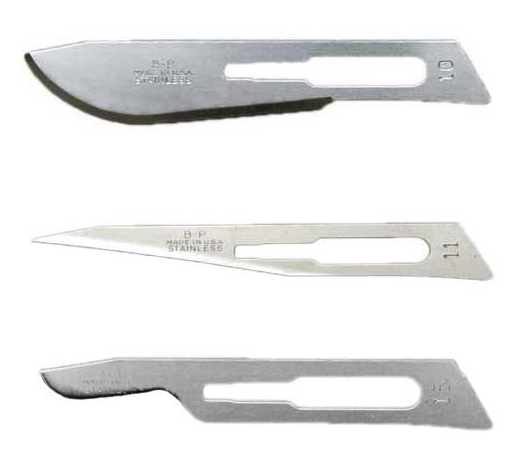Espresso: Debriefing
/What is a debrief?
Conversation involving frontline workers taking part in a patient’s care that occurs shortly after the event takes place.
Can be used for a number of purposes:
Knowledge or skill attainment (individual learning)
Describe threats to patient or worker safety, or threats to team dynamics (systems learning)
Provide closure for individuals involved in a clinical situation (therapeutic)
Debriefing is not the same as a true “root cause analysis” (RCA) but may be a first-step in performing RCA.
Cornerstone of clinical and simulation-based education.
When should a debrief occur?
Defining set triggers in which debriefs should occur has been identified as best practice to:
Set expectations amongst staff when they should occur, and how frequently
Increase frequency of debriefs
Promote system-wide goals
In OB/GYN, there’s not a standard list of what should generate a debrief; but you might imagine there’s a few major events that we commonly think of as emergencies:
Shoulder dystocia, or difficult extraction at cesarean
Significant postpartum or surgical hemorrhage events
Unexpected newborn complication
Unexpected surgical complications or unexpected intraoperative findings
Patient injury or serious complication, unanticipated ICU admission, or death
Many of these events may be defined locally; and if you don’t have a list defined at your institution, it is worth asking about it and starting one!
In general, it is good practice to also have a “staff member request” as a trigger for considering a debriefing to empower any person on the team to review events that may be unusual or uncomfortable.
Best practice has identified that the “hot debrief” (i.e., shortly after the event) is helpful to staff immediately involved and provides opportunity to get a very clear clinical picture.
“Cold debrief” (i.e., one done much later) will allow for more data to be collected, but worsens recall of participants and also removes some of the other advantages that a hot debrief may enable - i.e., finding time for staff to attend, identifying learning points immediately after event, etc.
A cold debrief can certainly be performed later on - in some institutions, this is performed through the “M&M” process with which all residents are likely familiar!
How should a “hot debrief” be done?
Three general stages of debriefing:
Preparation
Delivery
Post-Debrief
Preparation
If a debrief is requested/triggered, all staff should be invited.
A time and location should be identified, ideally soon after the event occurred.
A facilitator should be named, and a second person can serve as a scribe for documentation (more on that later)
Ideally, the facilitator should be a designated person who was not the team leader or heavily involved in the events.
At UW L&D, this is often our charge nurse or another senior nurse who serves to facilitate.
This helps to eliminate any issues of hierarchy/power and encourages all voices to speak up.
Any other concerns to allow for optimal debrief should be addressed - short time period for cross-coverage by other personnel, for instance.
Delivery
Facilitator should set expectations at the start:
Aim for brevity of debrief (5-10 minutes ideal)
Establish psychological safety - not to blame or punish, but to review and characterize event.
Invite the team leader to provide a summary of the case.
The facilitator should encourage the team leader to provide an objective case overview at this point - the focus should be on the “actions” that occurred.
Provide reassurance that the next step of the debrief will be to focus on reflection and judgements.
After the event summary, the Facilitator should then start conversation according to a specific structure to review the event:
Many possible structures, but broadly fall into:
Review things that went well.
Review opportunities to improve.
Identify points for action and “take home” learning points.
Your institution likely has a “debrief form” that helps to guide these conversations. However, some of the more significant ones described include:
TALK - Target, Analysis, Learning Points, Key Actions
INFO - Immediate, not For personal assessment, Fast facilitated feedback, Opportunity to ask questions
STOP5 - Summarize, Things that went well, Opportunities to improve, Points to action, Responsibilities
Seven Step After Action Review - US Army tool which has been adapted to QI.
And many more exist!
Post-Debrief
Facilitator and scribe can review that action points are recorded.
If appropriate, can assign action items to specific individuals for follow up.
Documentation should be completed at this time.
Again, debrief forms are often present in hospitals for these purposes as part of QI review. Sometimes this may be incorporated into your patient safety reporting system.
Medico-legally, debrief processes and forms are most frequently considered protected information through quality and safety structures.
Your legal department can help ensure all pieces are structured to meet this standard.
Additional Info:
AHRQ https://psnet.ahrq.gov/primer/debriefing-clinical-learning
Contemporary OB/GYN: https://www.contemporaryobgyn.net/view/debriefing-after-adverse-outcomes-opportunity-improve-quality-and-patient-safety







